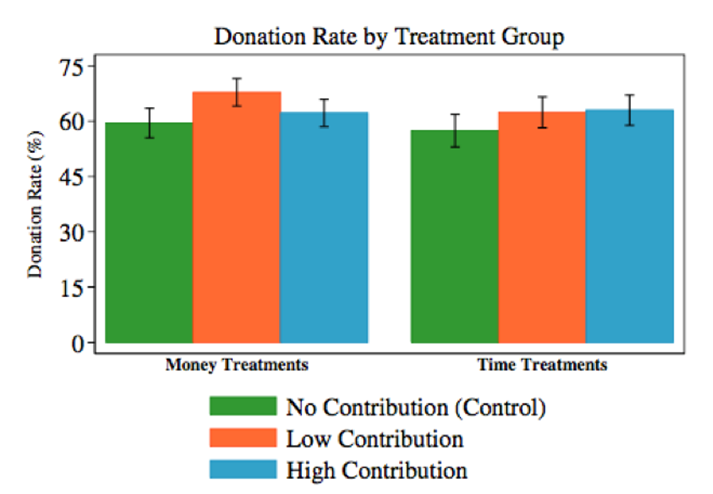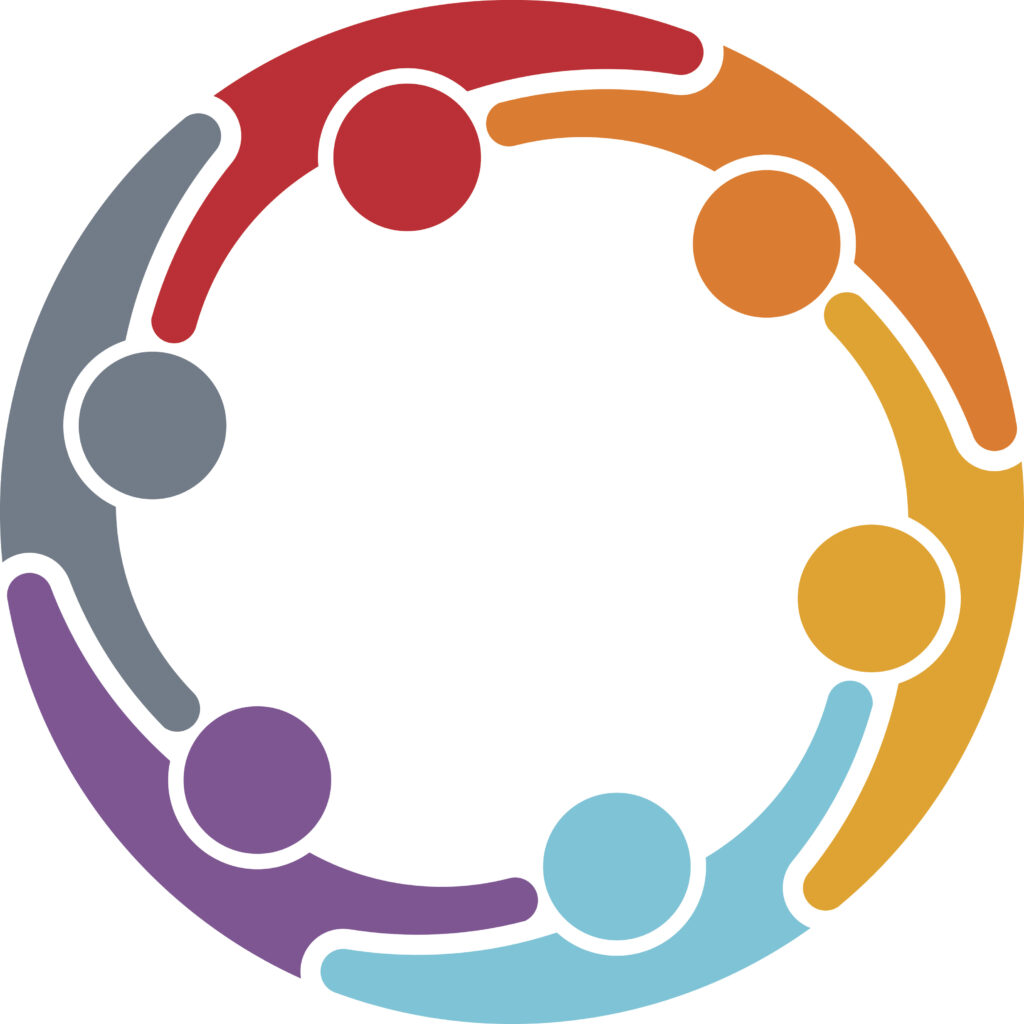Many social assistance and charity programs distribute aid to needy recipients free of charge. Many others require recipients to contribute their own resources (time or money) to receive benefits. Whether aid programs should include recipient contribution requirements is hotly debated among policymakers. For example, in the U.S., Republican lawmakers have pushed to tie Medicaid and food stamp benefits to recipient work; Democratic lawmakers and consumer advocates have argued that such requirements strip benefits from those who need them most. In response, the GOP White House budget director defended the proposed policies saying, “what we’ve done is not to try and remove the safety net for folks who need it, but to try and figure out if there’s folks who don’t need it that need to be back in the workforce.”
There is a large literature in economics that studies the impact of different redistribution policies on recipients. This literature suggests that recipient contribution requirements can act as a screening device to target those who most need and value aid. However, contribution requirements involve tradeoffs. They impose costs on recipients whose welfare we are aiming to improve. And, the requirements may screen out the neediest if they are less able to make contributions.
Despite this large literature, we know little about public support for recipient contribution policies. For example, do people understand and care about screening? This is a critical gap because policymakers need to respond to the political landscape and citizen preferences when designing social programs.
To study this question, I worked with Sally Sadoff (UC-San Diego) using a field experiment on the Understanding America Study (UAS) Internet panel. This panel is unique in that our respondents were a group of nearly 5,000 Americans representative of the U.S. population.

Our premise was simple: respondents typically receive money to complete surveys. Prior to one survey, we asked respondents whether they would like to donate to a healthy food aid program. Respondents were randomly assigned to different versions of the food aid program. One group was told that recipients get a $10 valued food basket for free. Another group was told that recipients would have to pay 10% of its cost. The third group was told that recipients would have to pay 50% of its cost. These programs are real – we actually do distribute food to people in the LA area under these different contribution requirements as part of a long-term research study on nutrition.
We then measured the likelihood of donation, which was our proxy for public support for the program. We found an inverse-u shaped relationship: people donated the most in the 10% recipient contribution condition, and less in the free or 50% contribution condition. This suggests that people do respond to recipient contribution requirements in the way we might expect. Specifically, they understand the tradeoffs: the free program increases the likelihood that those who do not value the food get it; while the 50% recipient contribution program increases the likelihood that those who most need the food are unable to afford it.
We also conducted treatments in which the recipient contribution requirements was time – 5 or 25 extra minutes completing a survey. Here, we find that time contributions increase support, but the same inverse-u shape is not observed. This is potentially because we don’t expect lower income recipients to be screened out in the treatment that requires a lot of time.
Finally, we examine whether individual preferences align with the political debate in the U.S. – i.e., that conservative policymakers are generally less in favor of social programs and more in favor of recipient contribution requirements than are liberal policymakers. We find suggestive evidence of differences in screening preferences between liberal and conservative-leaning participants, as identified by previously reported voting intentions in the 2016 U.S. Presidential election. The inverted u-shape response to recipient monetary contributions that we find in the full sample is strongest among conservative-leaning participants. They have lower levels of program support than liberal-leaning participants at baseline, but almost fully close the gap in support when recipients make small monetary contributions.
When policymakers and practitioners design programs for needy recipients, they should take into account public support for these programs. Our findings suggest that public support is actually higher when recipients are required to make a small contribution.

You must be logged in to post a comment.